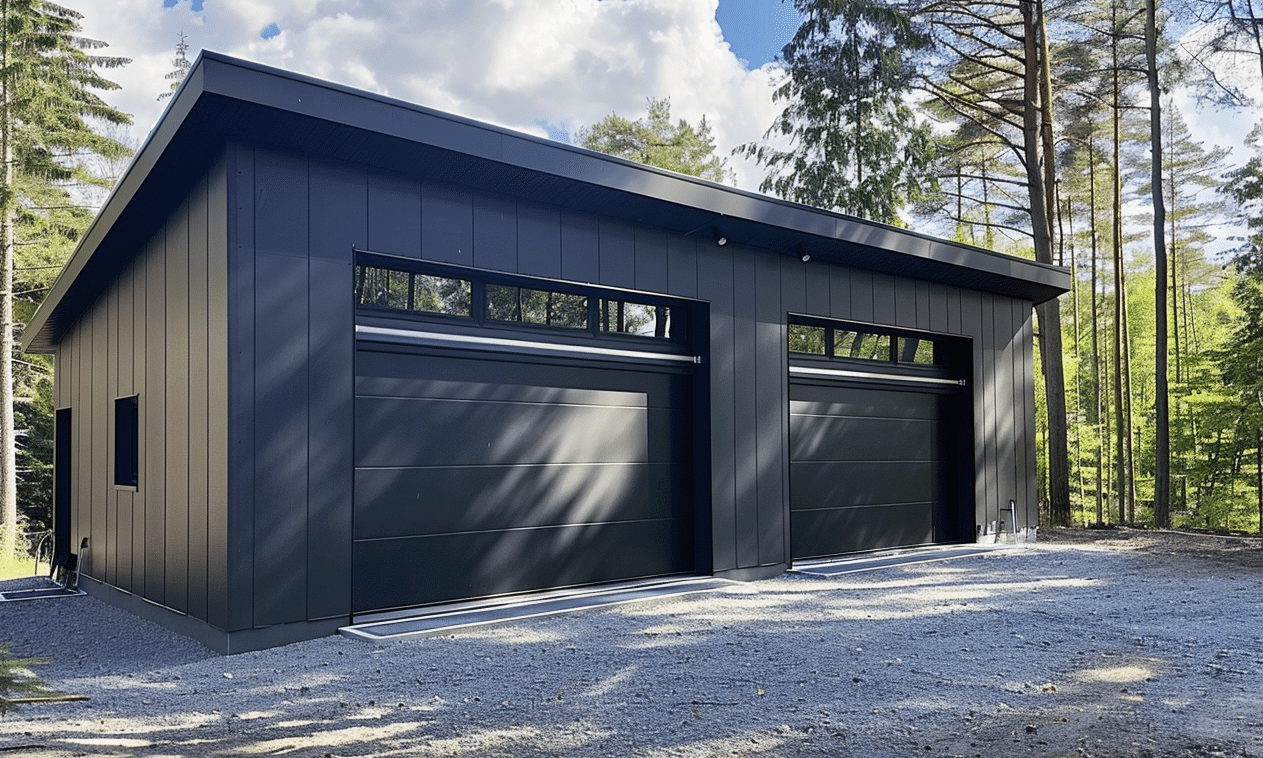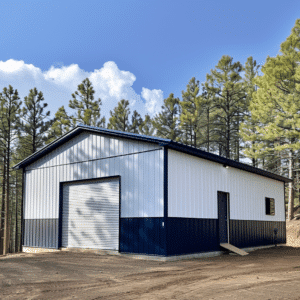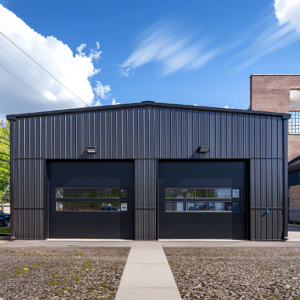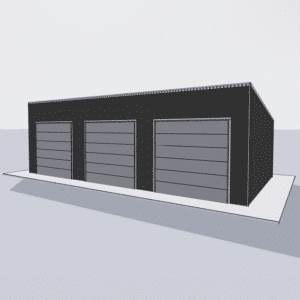Global supply chain disruptions have dramatically reshaped industries around the world, and the steel building sector has not been immune. These disruptions have had a profound impact on the availability, pricing, and delivery timelines of steel materials, essential components for construction projects. Understanding these changes is crucial for project managers, builders, and stakeholders to adapt strategically and ensure the successful completion of steel building projects.
The Ripple Effect: Understanding Global Supply Chain Disruptions
The steel industry is highly interconnected, reliant on a global network of suppliers, manufacturers, and distributors. Recent events, such as geopolitical tensions, trade tariffs, and the COVID-19 pandemic, have caused significant interruptions. These disruptions have led to delays, increased costs, and unpredictability in the steel supply chain.
How Have Steel Supply Chain Disruptions Impacted Construction?
Construction projects have encountered a cascade of challenges stemming from steel supply chain disruptions. Project delays are one of the most immediate effects, as builders struggle to secure necessary materials. The volatility in steel prices has also led to budget overruns and difficulty in maintaining fixed pricing contracts.
Moreover, the impact of these disruptions isn’t just confined to immediate logistics. Builders and stakeholders are facing longer lead times, making planning and forecasting more complex. It’s like hitting a roadblock in a marathon; you must constantly adjust your pace and strategy to reach the finish line.
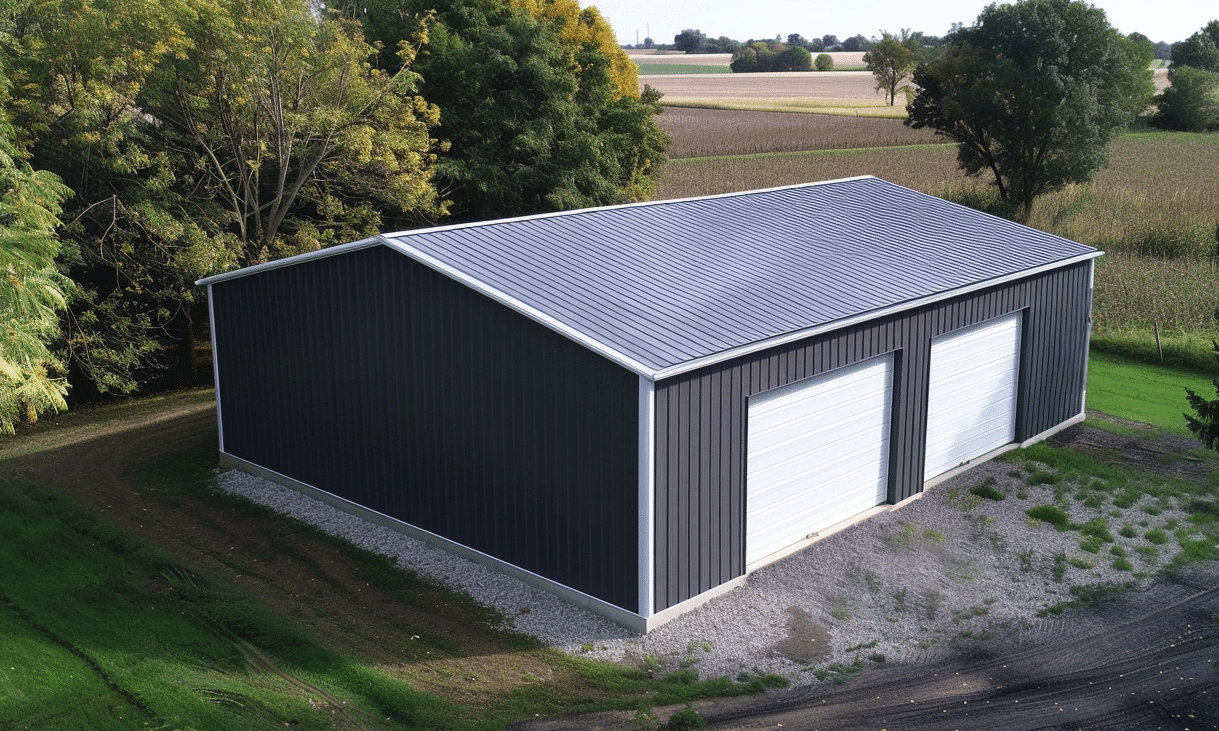
Strategies for Mitigating the Impact on Steel Building Projects
While the challenges are significant, several strategies can help mitigate the adverse effects of steel supply chain disruptions. Diversification of suppliers is a key approach; relying on multiple sources can reduce dependency on a single region or supplier. Additionally, investing in local production capabilities and using digital technologies for supply chain tracking and planning are becoming increasingly important.
Stakeholders are also collaborating more closely with suppliers to enhance communication and transparency. This collaboration helps in negotiating better terms and understanding evolving market conditions, allowing projects to move forward more smoothly despite uncertainties.
Adapting to a New Normal: The Future of Steel Supply Chains
With ongoing supply chain disruptions, the steel industry is adapting to what many are calling the “new normal.” The focus is now on building more resilient, flexible, and sustainable supply chains. This involves not only technological upgrades but also strategic partnerships and innovations in how we source, transport, and store steel materials.
For more detailed insights and updates about developments in the steel building industry, check out Latest News on Steel Buildings. Keeping up with these trends is vital for making informed decisions.
Innovations and Technology: Shaping the Future
Adopting innovative solutions like predictive analytics and blockchain can enhance supply chain efficiency by improving transparency and reducing friction in procurement processes. These technologies provide a clearer picture of the supply chain landscape, allowing companies to better anticipate and mitigate potential disruptions.
As we look ahead, staying informed about Supply Chain Updates is crucial for navigating the complexities of the modern steel market. Moreover, it’s important to understand the broader context of Steel Market Trends, as they influence pricing and availability.
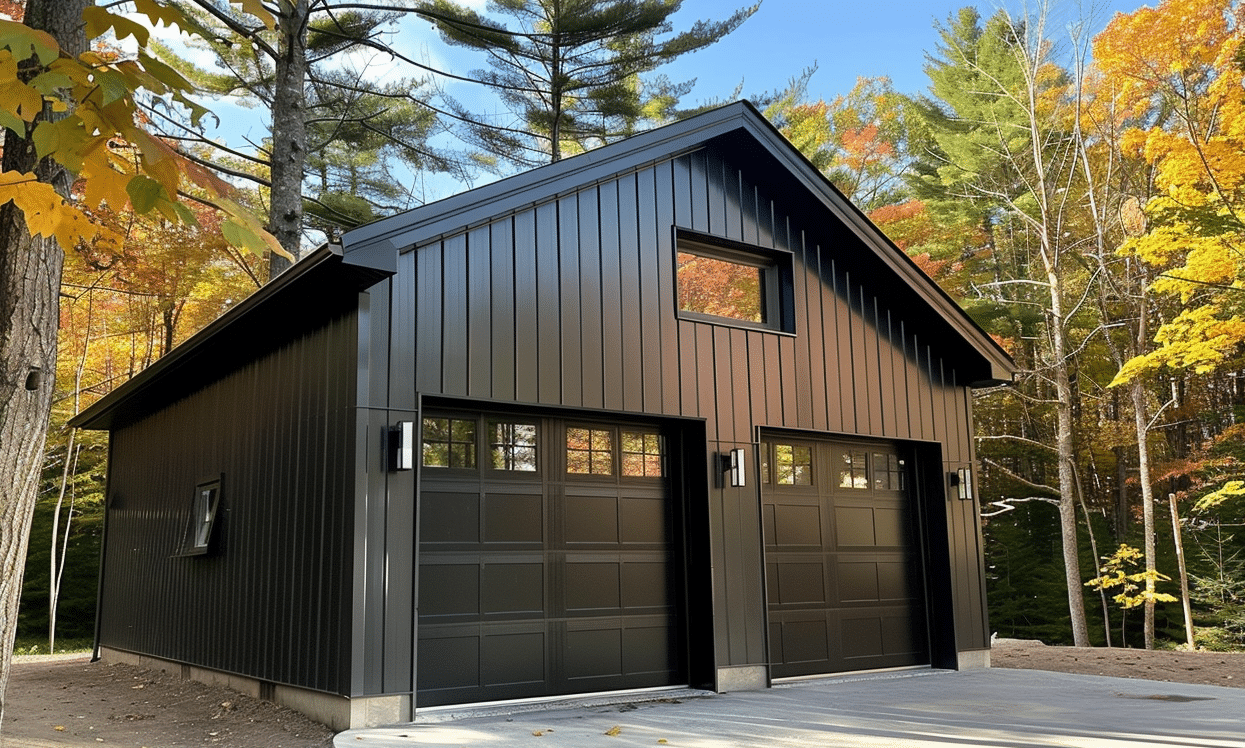
Conclusion: Navigating the Steel Supply Chain Landscape
The impact of global supply chain disruptions on steel building projects cannot be underestimated. By understanding the nature of these challenges and actively seeking innovative solutions, the industry can adapt and thrive. It is essential for stakeholders to keep an eye on the landscape of Steel Building Supply Insights and continue refining strategies to ensure resilience and success in steel construction projects.
The lessons learned during these challenging times provide an opportunity to build stronger, more flexible supply chains, poised to weather future uncertainties with greater assurance. As the saying goes, “every cloud has a silver lining,” and for the steel building industry, that lining is the potential for growth and transformation in how we structure and manage supply chains.


